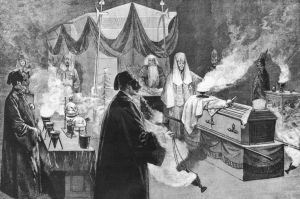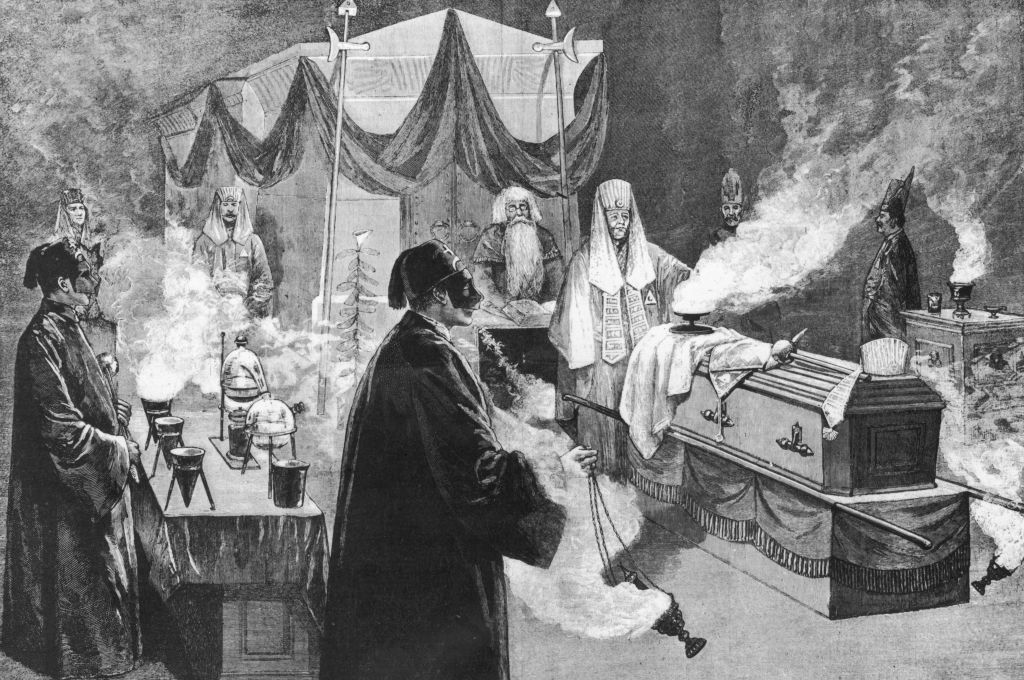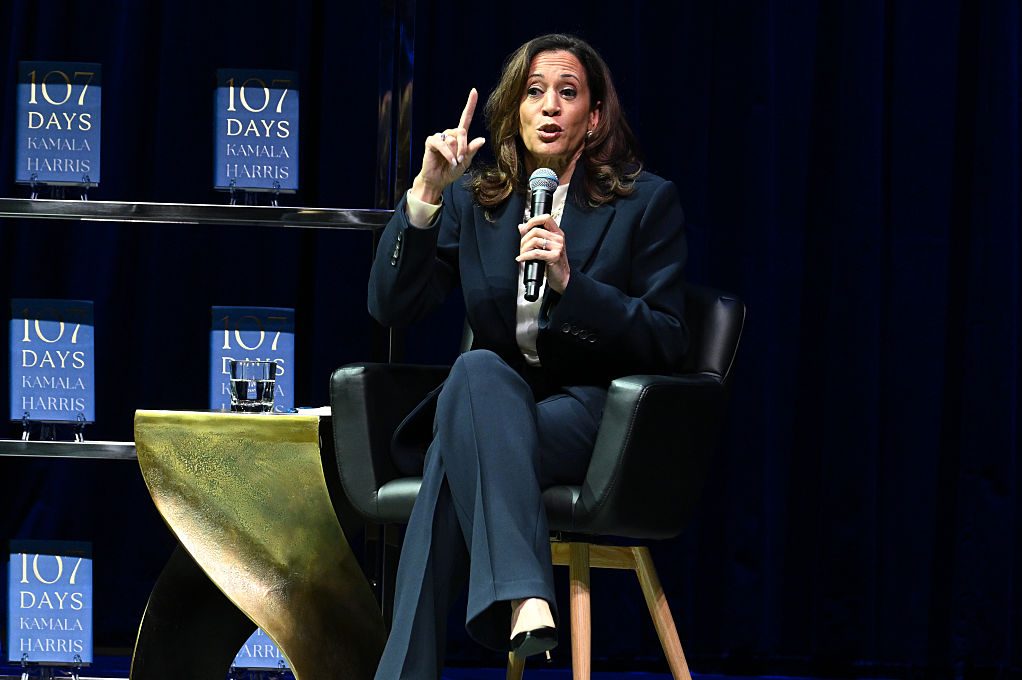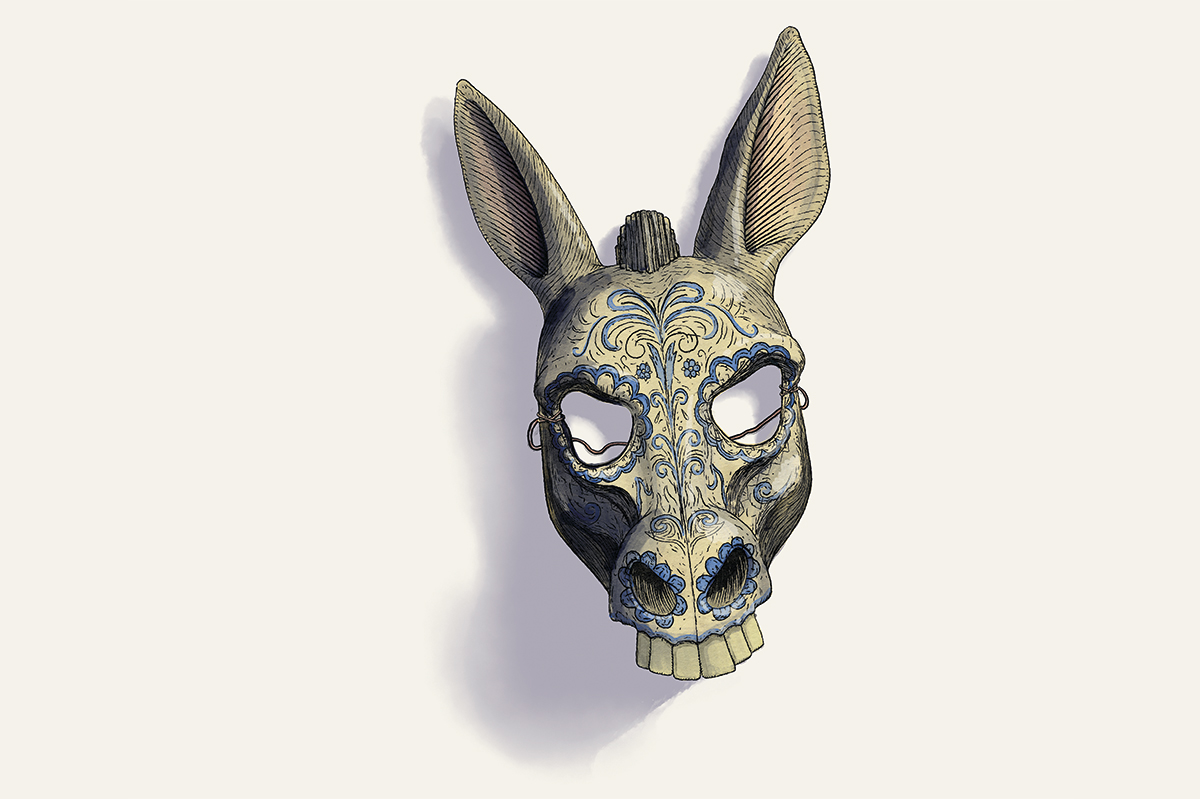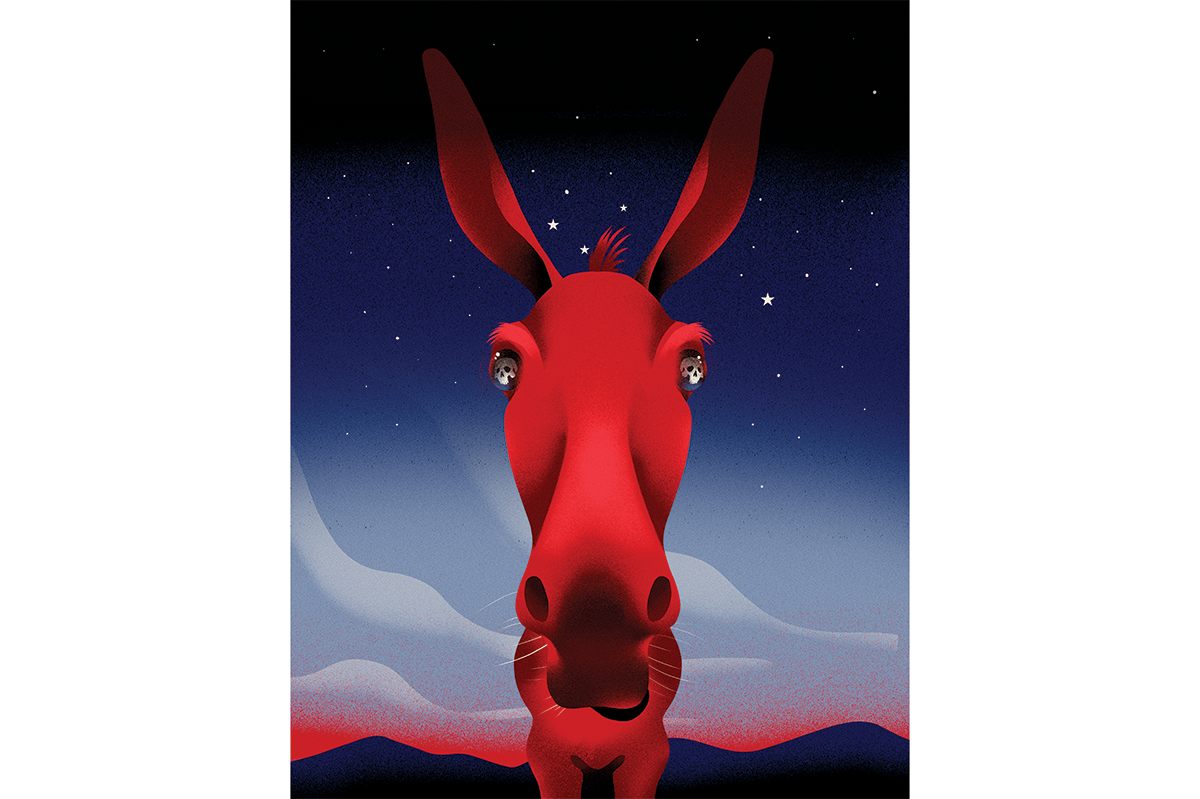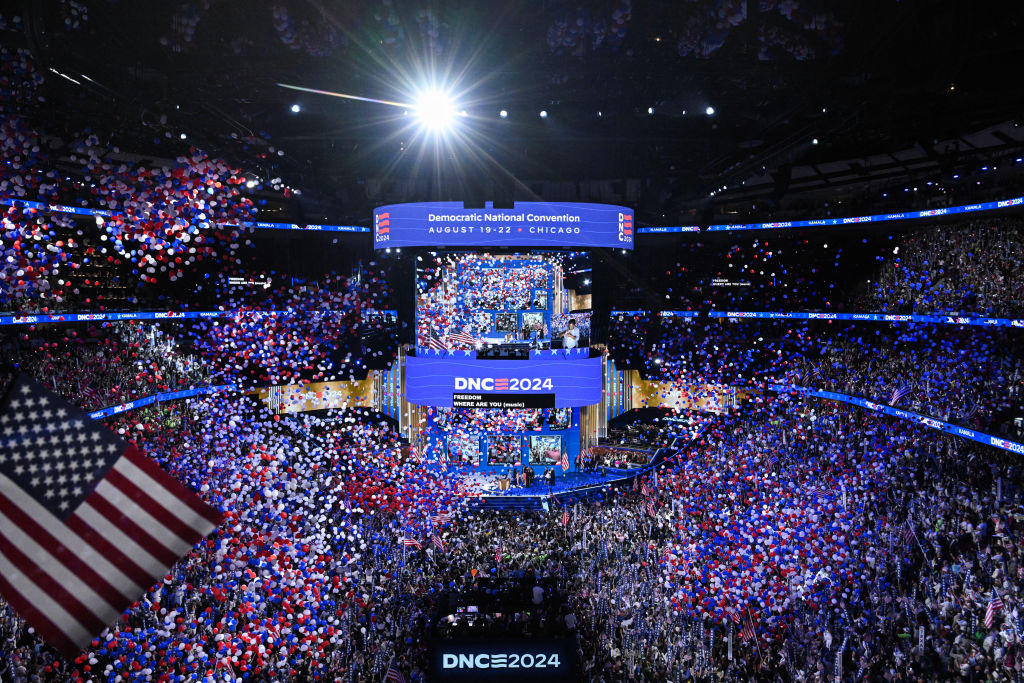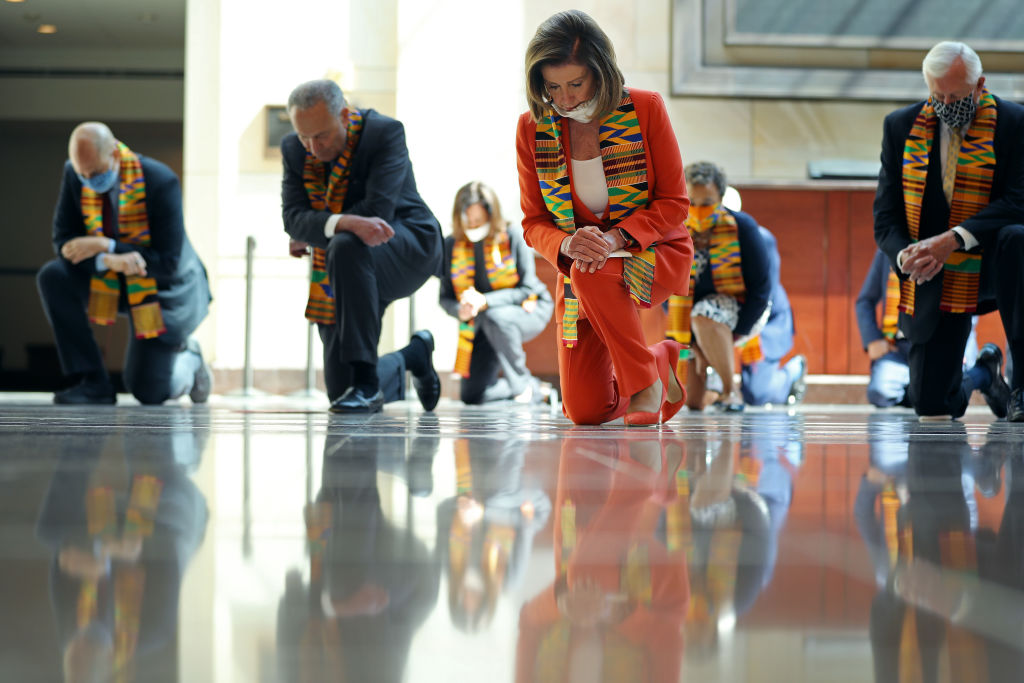Viewed in one light, last week’s overwhelming rejection by the New Hampshire state legislature of a bill to put secession to a vote was a resounding win for unity in a fractious time. But it probably won’t be the last time we see such a proposal in a state house. A fatalistic argument from one of the bill’s thirteen supporters explains why: “National divorce is going to happen. It’s inevitable, and we have a chance to get ahead of this.”
He may be right, if polls are to be believed. Last fall, a survey out of the University of Virginia brought the depressing news that 40 to 50 percent of Biden and Trump voters claim “it’s time to split the country.” Commentator David French declared the finding unsurprising, because Democrats and Republicans “loathe each other.” Indeed, French was one of the earliest to speak of national divorce as a possibility, though not with the enthusiasm of pundits Jesse Kelly and Dave Reaboi. Senator Ted Cruz recently joked that if “Texit” happens, Texans should elect Joe Rogan president. What Cruz wasn’t joking about is the underlying hopelessness that propels such talk.
Writing recently in the Atlantic, Fintan O’Toole recalled how Ireland once teetered at the edge of civil war. Political and religious divides certainly made it possible. “However,” he wrote, “the belief that there was going to be a civil war in Ireland made everything worse. Once that idea takes hold, it has a force of its own. The demagogues warn that the other side is mobilizing. They are coming for us. Not only do we have to defend ourselves, but we have to deny them the advantage of making the first move.”
By describing civil war and national divorce as real likelihoods, in other words, we can make them come true.
Of course if pundits and pollsters are simply reporting the truth, we need to face reality. If wide swathes of Americans really do despise one another, we need to understand why, and what we can do about it. But what if it isn’t true? We’ve all been so inundated with negative news about the state of our union that this possibility seems farfetched. Isn’t it an established fact that Americans are deeply polarized?
No, it isn’t.
To begin, pundits and pollsters conflate polarization with party sorting. The latter started in the 1960s, when right-leaning people began gravitating to the Republican Party, and left-leaning people to the Democrats. It explains Pew Research Center polls that show widening gaps between Republicans and Democrats on issues like gun control and immigration. On the surface, those surveys make it seem like Americans are farther apart than ever. But all they actually reveal is that conservatives have gathered under the Republican banner and liberals under the Democrat banner.
When we look directly at how divided Americans — rather than parties — are, we find that the gaps aren’t so large. Researchers at the University of Maryland recently found, for example, that on nearly every policy issue, there were insignificant opinion differences between “red” and “blue” congressional districts. Many districts have enough somewhat conservative people to vote Republican every election, while others have enough somewhat liberal residents to swing consistently Democratic. This doesn’t mean, however, that the people living in them constitute two separate Americas. The ideologues atop our parties are undeniably polarized, but most Americans are not.
Maybe Americans don’t disagree like DC apparatchiks do, but what about surveys showing that Republicans and Democrats hate each other? As it turns out, when we ask Americans what they think of “the other party,” many of them think we’re asking about party elites. Little wonder they report negative feelings. Surveys indicating that large numbers of Americans disapprove of dating or marrying someone from the other party are similarly flawed. As several scholars have recently shown, when respondents are reassured that a perspective spouse isn’t an argumentative ideologue, their opposition to cross-party marriage drops substantially.
So if Americans don’t disagree on all that much, and don’t really loathe one another, why did UVA find that nearly half of America believes “it’s time to split the country”? Such surveys are detecting, as public opinion scholar Omer Yair argues, not animosity toward people in the other party, but fear.
And why have Americans come to fear one another? Because pundits on left and right tell us we should. Because pollsters tell us half the country hates us because of how we vote. Americans are starting to believe those who tell us we’re a bitterly divided nation of extremists, and it makes us willing to give up on a United States.
We’re not on the verge of civil war, nor do most of us want secession. But if we keep listening to the shrill voices who profit from our divisions, that may change.











